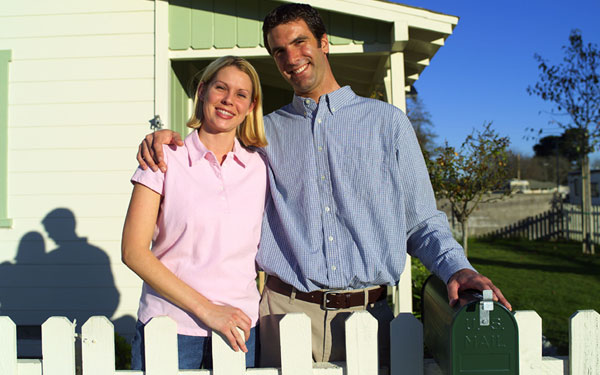 by Jennifer Jones
by Jennifer Jones
There are so many aspects to designing the ideal outdoor living space that it is often difficult to know where to begin and where to end.

One characteristic not to be overlooked is that of a fence. Fences serve many functions for homeowners; privacy, boundaries, and safety being just a few. Ironically, when it comes to fencing an outdoor living space, the options are nearly limitless!
- Vinyl – Vinyl is extremely popular for fences as the material can last forever with very little maintenance. However, the appearance can look cheap compared to nearby landscaping or structures.
- Natural wood – Wooden fences are charming and familiar to many homeowners. This material is most affordable but often requires more maintenance and regular care than other fencing options. Cedar and Redwood are two hardwoods that come highly recommended in fencing applications due to their resistance to insects and rot. Softwoods are easy to work with for do-it-yourself types but need regular treatment to make them resistance to ever-problematic mildew and pests.
- Composite – Composite is a material comprised of wood fiber and plastic resin. Composite takes on the charming appearance of natural wood but has the convenience of minimal maintenance like vinyl. It is a great compromise between the two!
- Aluminum – Aluminum fences are not as popular in some homes thought it is typically a low maintenance material that never fades or discolors. However, aluminum fences are often ornate and serve more of a decorative function. This can be a great material for fencing around pools because it provides a safety barrier without greatly disrupting the line of sight.
Of course, the material you choose will also depend on the area in which you live. Some materials are limited to certain regions and can be prohibitively expensive to use elsewhere. Also, the function of the fence will help determine the style and material. Both style and material should complement the architecture of the surrounding homes. For example, one fence may be a homeowner’s key to privacy but elsewhere it may look like an industrial fortress.
Another thing to keep in mind is local building codes, zoning, and Home Owners Association regulations. It is best to find out what you can and cannot do with fencing before you even begin seeking out styles and materials. Once you have approval and find something you like, take the time to really settle on a final decision. Fences are long lasting structures that should be one-time investments. Be certain you love what you put in because it is going to be there for a long time!

Lastly, seek out professional input and advice. Do not hesitate to hire a professional to complete this project. Fencing is not simple to install and can be a nightmare to repair and replace. Correct installation is worth the extra investment so there is only the need to complete it once. By the time it is all over, you may never have to think about your fence again!
Here are some related articles:
Save this article to:
back to top